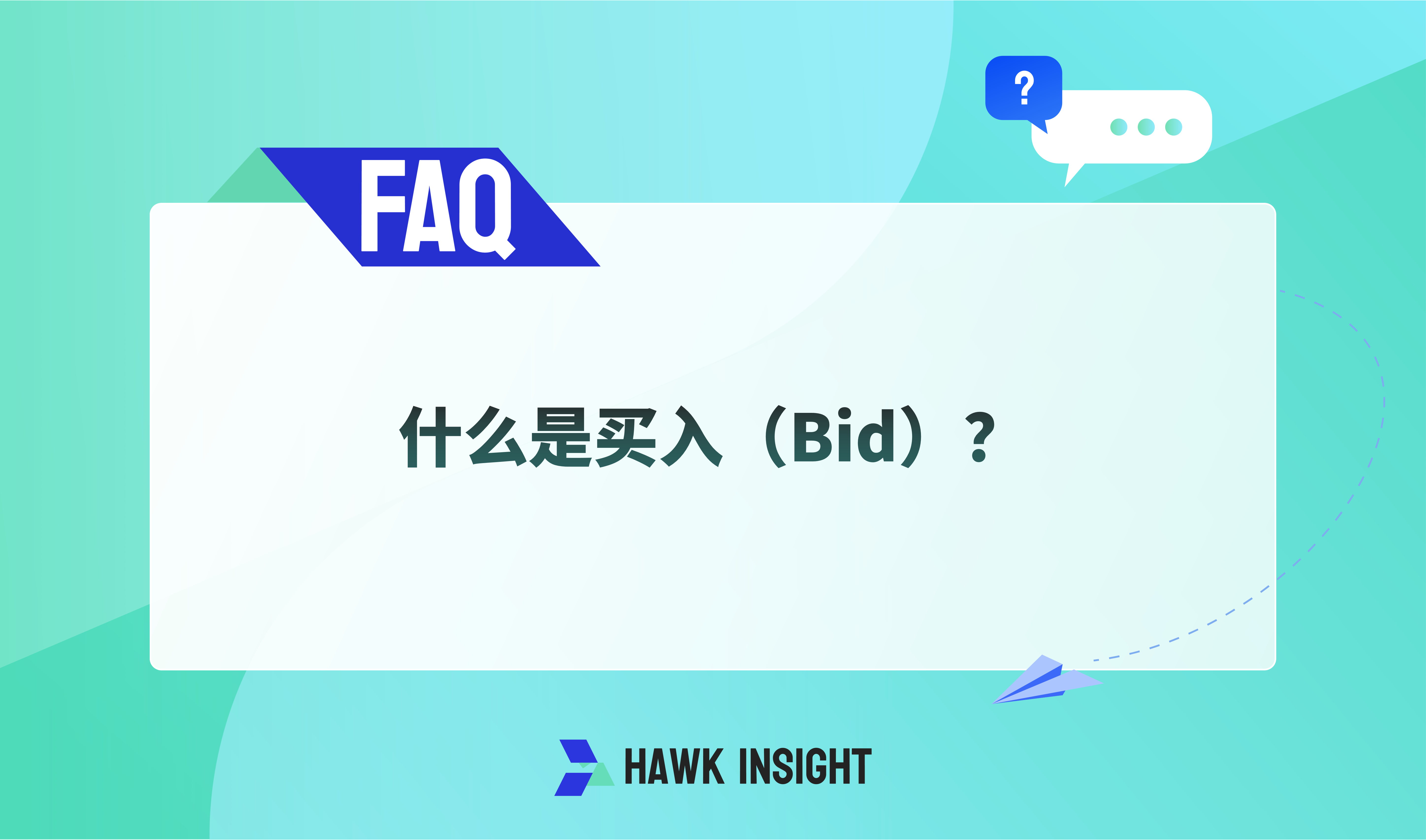什么是买入(Bid)?
买入价是市场上买方愿意为证券、商品或货币支付的价格,投标书规定了买方愿意购买的价格和数量。

在金融市场中,买入价(Bid)是指买家愿意为某种股票、债券、货币或商品支付的价格,以及买家愿意购买的数量。
买入价的定义
买入价是市场中买家愿意为某种证券、商品或货币支付的最高价格。买入价不仅规定了价格,还包括买家愿意购买的数量。当您为某只股票下达买入指令时,您是在与市场上其他所有买家竞争。通常,通过经纪人(即将买家与卖家配对的人或公司)来下达买入指令。
示例: 假设您愿意为虚构股票A支付每股10美元,购买100股。这就是您的买入报价。如果卖家愿意以该价格出售股票,交易将会执行。
买入的交易机制
在股票交易中,买入价格(Bid)和卖出价格(Ask)是市场交易的两个关键指标,显示了在特定时刻最佳的买入和卖出价格。例如,某虚构公司Acme Scuba Corporation的买入价为100美元,表示市场上最高的买入报价,而卖出价为105美元,表示最低的卖出报价。
买入量与卖出量
买入价和卖出价通常会有一个附加数字,表示愿意在当前价格下购买或出售的股票数量。这些数量通常以“标准交易单位”表示,例如每单位100股。因此,买入量为5意味着有500股待交易。
示例: Acme Scuba Corporation的买入价可能是100美元(10),表示在这个价格下有1,000股待交易。如果您想卖出100股,最有可能的价格就是100美元。
市场中做市商的角色
市场做市商的作用是确保市场的流动性良好,从而使买卖变得更加顺畅。他们通常是银行或大型金融机构。在某些情况下,市场做市商也可以是经纪人。
市场做市商持有股票库存,并能够展示保证数量的买入和卖出价格。当买家下达订单时,做市商会从他们的库存中出售股票以完成订单。他们通过买入价和卖出价之间的差价获利。
做市商提供的流动性确保有足够的交易量,使市场能够顺畅运行。没有做市商的存在,您在想要出售股票时可能会找不到足够的买家。
为什么卖出价高于买入价?
在股票市场中,卖出价(Ask Price)高于买入价(Bid Price)的原因主要是为了获得利润。这一现象的背后,市场做市商(如银行或金融机构)确保了市场的流动性,使得投资者能够更加高效地进行买卖。
做市商的利润来源
市场做市商通过持有股票库存并利用买入价与卖出价之间的价差获利。如果卖出价低于买入价,做市商将无法盈利。
示例: 假设某市场做市商以每股10美元的价格购买了虚构公司Tommy’s Tomatoes的股票。他们可能将卖出价定为10.05美元,以实现每股0.05美元的利润。虽然这个差额看似微小,但在高交易量的情况下,这笔利润会显著累积,作为做市商承担持有大量股票风险的补偿。
买入价与卖出价之间的差距
买入价与卖出价之间的差距被称为价差(Spread)。对于交易量较大的股票,即流动性较高的股票,价差通常较小。然而,在某些情况下,价差可能会很大,造成买入价与卖出价的距离较远,这并不一定意味着该股票或市场存在问题。
影响价差的因素:
-
交易量低: 一些股票的需求不高,交易量较低。这可能是因为股票处于小众市场,或者投资者在等待更多信息。在低交易量的情况下,股票流动性较差,市场做市商持有该股票的风险增大。
-
波动性高: 某些股票的价格剧烈波动,表现出高波动性。在市场波动较大的情况下,买入价和卖出价的差距通常会大于波动性较小的股票。
如何计算买入价与卖出价的差距百分比?
要了解买入价与卖出价的差距,您可以计算价差百分比。具体方法是将价差金额除以股票价格:

如果价差百分比较小,通常表示该股票流动性较高,买卖更加便捷。
示例: 假设两只虚构股票的价差情况如下:
- Teresa’s Tights的买入卖出价差为0.02美元,股票价格为10美元,价差百分比为0.02 / 10 = 0.2%。
- Chad’s Chairs的买入卖出价差为0.20美元,股票价格为100美元,价差百分比为0.20 / 100 = 0.2%。
虽然Chad’s Chairs的绝对价差高出10倍,但两者的百分比是相同的。
·原创文章
免责声明:本文观点来自原作者,不代表Hawk Insight的观点和立场。文章内容仅供参考、交流、学习,不构成投资建议。如涉及版权问题,请联系我们删除。